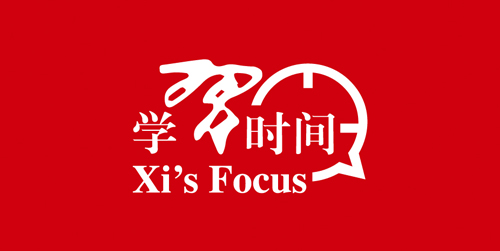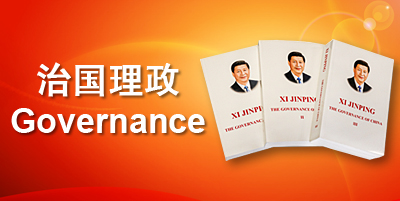As inflation hits a four-decade high in the United States, China faces deflationary pressure. The markedly different pictures of the world's two largest economies tell the complexity of economic recovery amid COVID-19 waves.
According to data from the National Bureau of Statistics (NBS), in January, China's consumer price index (CPI) inched up by 0.9 percent year on year, a decline of 0.6 percentage point over the month before. The country's CPI has been on a continuous downward drift since last November. Despite the Spring Festival shopping spree, in January, the CPI growth rate was still lower than the previous month. Usually, the two months following the Spring Festival holiday, from January 31 to February 6 this year, see tepid consumption, so a strong CPI rebound is not on the cards anytime soon.
The COVID-19 outbreak has severely curbed resident consumption, even leading to negative growth in January and February 2021. Stringent COVID-19 restrictions brought consumer activities close to a standstill. As anti-pandemic measures got underway in April last year, commercial activities kept growing, lifting the CPI. However, the highest was a 2.3 percent year-on-year growth rate in November, which then went down again. Six of the past 12 months from February 2021 to January 2022 saw their growth rates fall below 1 percent.
Modern economics defines a three-consecutive-month CPI growth rate of more than 3 percent as inflationary pressure, whereas if the amount remains below 1 percent for three successive months, it poses deflationary pressures—the case in China right now.
China's central bank, the People's Bank of China (PBC), has a clear understanding of the deflationary pressure. It cut the reserve requirement ratio (RRR) by two respective 0.5 percentage point in July and December last year, releasing 2.2 trillion yuan ($349 billion) worth of long-term funds. July's cut sent the CPI growth rate soaring to its highest level since the COVID-19 outbreak, in November. However, the December cut failed to bolster CPI growth. This sets an awkward scene, as bigger capital flows, plus the Spring Festival shopping bonanza, failed to reverse the downward spiral of CPI growth, bringing about unprecedented deflationary pressures.
Residents tend to welcome deflation, as it entails lower prices and more products, but as far as a nation's economic growth is concerned, any devaluation is a negative factor given it curbs investment and production, all the while exacerbating unemployment and recessions.
Shrinking money supply and insufficient demand have long been regarded as major reasons for deflation, but this theory does not explain China's current CPI slip.
According to the central bank's statistics, over the past 12 months, the balance of broad money (M2) keeps growing at a pace of 9 percent or so year on year, guaranteeing society's stable and sufficient money supply. Nevertheless, the growth rate of total retail sales of consumer goods has been plummeting since the second quarter of 2021, pointing to inadequate effective demand or weak household purchasing power.
How to boost economic growth in pandemic times proves to be a global headache, and consequently the negative impact of deflationary pressures on the Chinese economy must be reversed. In China's example, a combination of monetary and fiscal policies is most effective.
Immediately following the release of the CPI figures by the NBS, on January 17, the PBC cut the interest rates of its medium-term lending facility (MLF) loans and reverse repos by 10 basis points. The central bank conducted a 700-billion-yuan ($110-billion) MLF, and also injected 100 billion yuan ($15.8 billion) worth of funds into the market via seven-day reverse repos at an interest rate of 2.1 percent, down from 2.2 percent. Shored up by a lower interest rate of the MLF, it's expected that credit, social financing and the M2 will begin to rise, as does the possibility of a further cut in the RRR. A reasonable and ample level of liquidity is expected to help ease the current deflationary pressure.
The upcoming Two Sessions this March will unveil China's monetary and fiscal policies in the government work report, outlining the government's economic stimulus and risk-controlling measures.














